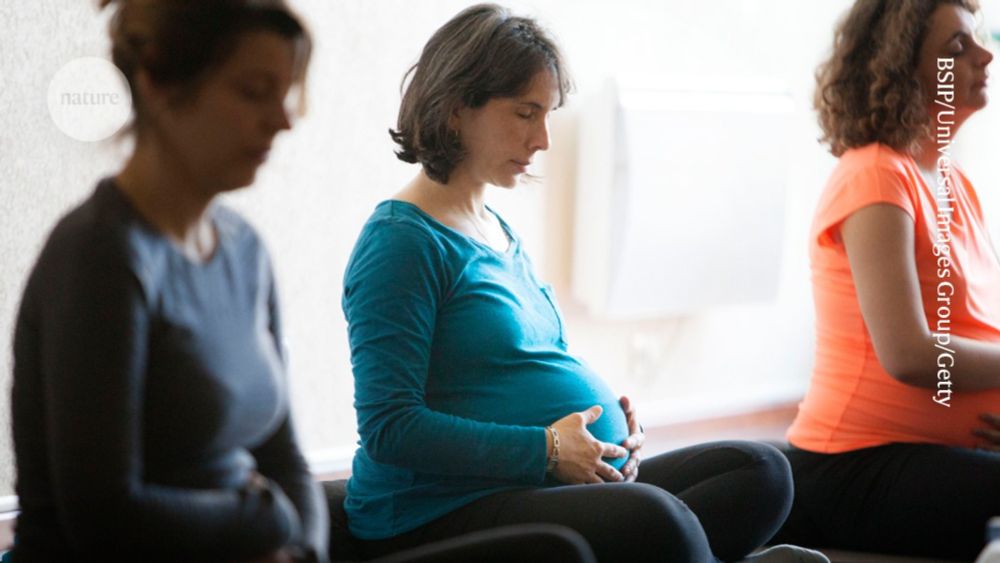From measures to meaning: a case study on co-defining aphasia recovery outcomes with patient experts - Research Involvement and Engagement
Background People with post-stroke aphasia are often excluded from shaping the research meant to support their recovery. Communication barriers, research norms, and traditional outcome frameworks contribute to a lack of meaningful involvement, particularly in the identification of patient-centered outcomes. While participatory models in aphasia research are emerging, few examples describe how individuals with communication disabilities can lead or co-create research priorities. Main body This case study describes a structured, collaborative effort to center the voices of people with aphasia in identifying meaningful outcomes for recovery. Through a partnership between the Patient Engagement Studio (PES) and the Center for the Study of Aphasia Recovery (C-STAR), two cohorts of Patient Experts participated in accessible training, relationship-building activities, and outcome prioritization sessions with researchers and clinicians. Training included research literacy modules, photovoice, and facilitated discussions. Patient Experts identified four outcome priorities: speech production, self-advocacy and public awareness, confidence and emotional wellbeing, and holistic recovery. These themes emerged from story-based reflections and co-analysis between PES staff and Patient Experts. Accommodations included communication scaffolds (e.g., text, chat, individual phone calls, and email), accessible formatting, simplified language, and attention to scheduling and pacing. Researchers were also prepared to approach Patient Experts as partners, not participants. A second cohort later reviewed and affirmed these outcome domains. The collaboration prioritized mutual learning, co-development of research, and capacity recognition over conventional research timelines or structures. Plain English summary People with aphasia, a condition that affects speaking, understanding, reading, and writing and can result from a stroke, other brain injury, or neurological conditions are rarely included in research about their recovery. Even when research is focused on aphasia, the people who live with it are often not asked what outcomes matter most. In this paper, we describe a collaborative effort among people with aphasia, caregivers, researchers, and a patient engagement team to identify what matters most in aphasia recovery. Together, we co-developed and refined a set of outcomes grounded in lived experience. We refer to the individuals with aphasia and caregivers who joined this project as “Patient Experts”; a term that describes people with lived experience who receive training to contribute as equal partners in research. During our shared training sessions, Patient Experts shared their stories, reflected on recovery, and met with researchers and clinicians to shape the direction of future work. To ensure full participation, we adapted meeting materials and formats to support multiple communication styles; whether speaking aloud, typing in the chat, texting staff, or following up after the session. The Patient Experts identified four key areas that matter most in recovery: being able to speak more naturally in conversations (not just naming words), being able to advocate for themselves and raise awareness about aphasia, building confidence and emotional wellbeing, and making progress in ways that reflect their whole lives, not just language tests. These outcomes were not created for the Patient Experts, but rather shaped by them in collaboration with researchers and clinicians. We also share what we learned about building trust and making space for people with communication disorders to lead. Throughout the process, we continually adapted to better support the Patient Experts. We showed that with the right support, people with aphasia can guide research that affects their lives in a meaningful way. Conclusion This work demonstrates that people with aphasia can meaningfully shape research when communication access and trust are prioritized. Case studies like this contribute to a growing evidence base on inclusive involvement by showing how training, facilitation, and co-construction methods can be adapted for people with communication disorders. Future work will validate the identified outcomes with a broader population and support co-development of accessible outcome measures grounded in patient experience.


















